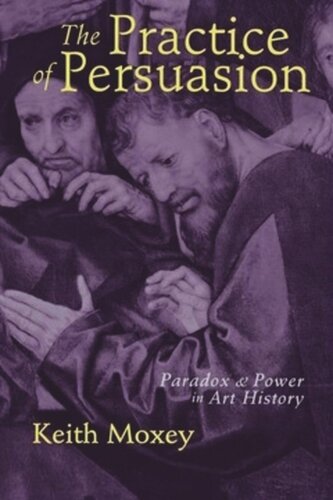

Most ebook files are in PDF format, so you can easily read them using various software such as Foxit Reader or directly on the Google Chrome browser.
Some ebook files are released by publishers in other formats such as .awz, .mobi, .epub, .fb2, etc. You may need to install specific software to read these formats on mobile/PC, such as Calibre.
Please read the tutorial at this link: https://ebookbell.com/faq
We offer FREE conversion to the popular formats you request; however, this may take some time. Therefore, right after payment, please email us, and we will try to provide the service as quickly as possible.
For some exceptional file formats or broken links (if any), please refrain from opening any disputes. Instead, email us first, and we will try to assist within a maximum of 6 hours.
EbookBell Team

4.1
40 reviewsThis sequel to The Practice of Theory stresses the continued need for self-reflective awareness in art historical writing. Offering a series of meditations on the discipline of art history in the context of contemporary critical theory, Moxey addresses such central issues as the status of the canon, the nature of aesthetic value, and the character of historical knowledge. The chapters are linked by a common interest in, even fascination with, the paradoxical power of narrative and the identity of the authorial voice. Moxey maintains that art history is a rhetoric of persuasion rather than a discourse of truth. Each chapter in The Practice of Persuasion attempts to demonstrate the paradoxes inherent in a genre that—while committed to representing the past—must inevitably bear the imprint of the present. In Moxey's view, art history as a discipline is often unable to recognize its status as a regime of truth that produces historically determined meanings and so continues to act as if based on a universal aesthetic foundation. His new book should enable art historians to engage with the past in a manner less determined by tradition and more responsive to contemporary values and aspirations.